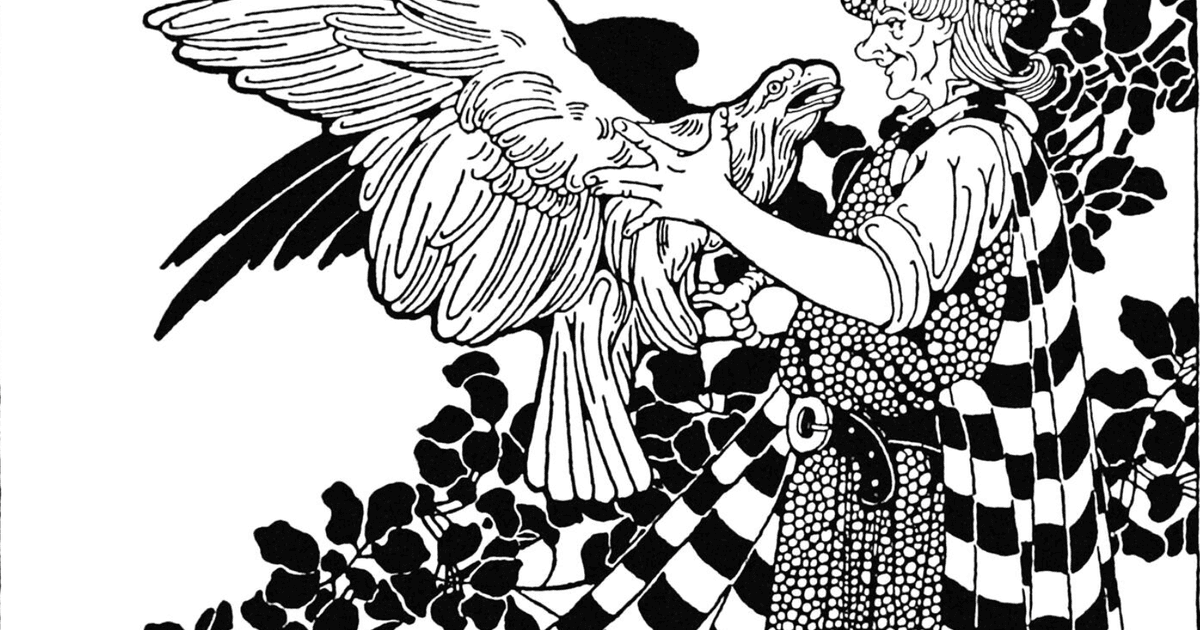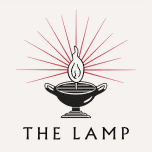A Magisterial Appreciation for a Magisterial Effort: Fadiman's Lifetime Reading Plan
Nathan Payne at The Lamp

When I was a child, there were some books that I was not allowed to read.
Although I mostly had free rein over my parents’ shelves, there were a variety of reasons why several books were off limits. There were a few books, especially ones in nice editions, that were kept away on account of the occasional childish inability to distinguish between meum and tuum, or my tendency (runs in the family) to read at the dinner table. I think that is why I wasn’t allowed to read our beautiful one-volume Quality Paperback Book Club edition of Lewis’s Space Trilogy. Other books were forbidden for reasons that had more to do with their content. But the problems with the content were not always what you might expect. At the age of eight I began to devour my father’s old Ballantine paperback editions of The Lord of the Rings. My parents decided that I needed time away from Middle Earth when they heard me muttering wizardly imprecations around the house. The three tattered and creased volumes were hidden for a while in the upper reaches of a spacious (downright Narnian) closet. Many attempts were made to scale these impressive heights before the books were finally brought back down.
There were plenty of books, however, that were disallowed for all the usual reasons of content: sex, profanity, heterodoxy, and so on. This would be why I couldn’t read, for instance, the novels of John Gardner or Anthony Burgess. Not that I minded that much, though. Neither of them caught my eye until much later on.
There was a book in this category of prohibition that did catch my eye, and that I did very much mind not being able to read. It was called the Little, Brown Book of Anecdotes. One reason it caught my eye was that its title seemed to get both its size and color all wrong: it was neither little nor brown. Rather, it was big—both hefty and tall—and forest green. But the other part of the title was true: this big book contained thousands of anecdotes, organized alphabetically by last names of the people about whom they were told, from Hank Aaron to King Zog I. The stories recounted in this anthology were often highly amusing, even laugh-out-loud funny, though perhaps not always suitable for the ten-year-old reader. On one level the book functions as a reference work, and so of course the canonical stories you learn in school are dutifully collected—George Washington and the cherry tree, Mark Twain and Halley’s comet, and so on. But its primary function is to delight, and much more space is given to things like Yogi Berra’s gaffes, Wilde’s witticisms, Dorothy Parker’s naughty ripostes (“If all those sweet young things were laid end to end, I wouldn’t be at all surprised”) and the furious outbursts of Toscanini. It is a perfect volume for bathtub or bedside reading, the kind you should browse through at random when the mood strikes. The mood for such contraband reading struck me often enough that tape was soon needed to bind the spine of the book to the rest of it.
Read the rest (subscription might be required)


